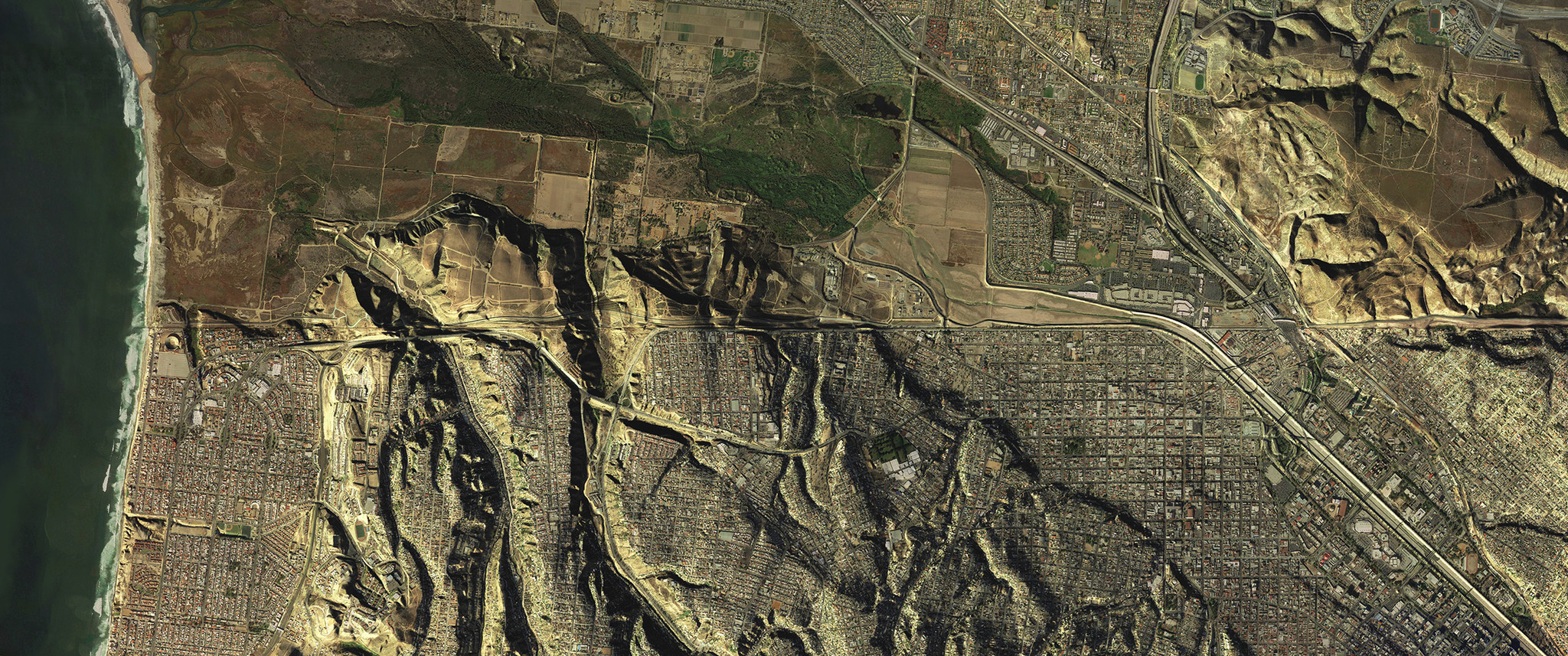Borderline Unsustainable: Urban Planning and Diplomacy at the Tijuana-San Diego Boundary, 1919-1999
Kevan Q. Malone
History
UC San Diego
My project examines the transnational causes and ecological consequences of Tijuana’s unplanned growth, highlighting the role of diplomacy in the governance of San Diego and Tijuana. I ask: How did Tijuana, one of Mexico’s most isolated frontier towns, become the county’s fastest growing municipality? What was the environmental impact of this city’s informal growth in the binational Tijuana River Basin? In what ways did US and Mexican policy makers come together to address their common public health concerns? I argue that the international boundary was not only a barrier but a gateway of opportunity, drawing American capital south and Mexican labor north. These cross-border flows fueled rapid urbanization and environmental decline. Occupying an ecological region divided between sovereign nation-states, these communities lacked the political means to address their shared problems. Diplomacy thus assumed a central role in local planning and governance, and border residents grew increasingly dependent on decision makers in Mexico City and Washington. This story begins in 1919 when American Prohibition gave rise to Tijuana as a drinking and gambling resort town and concludes in 1999 when a US border barrier permanently divided the two sides.

